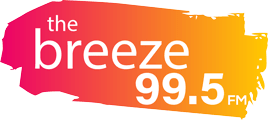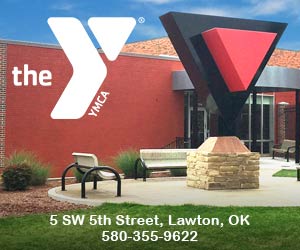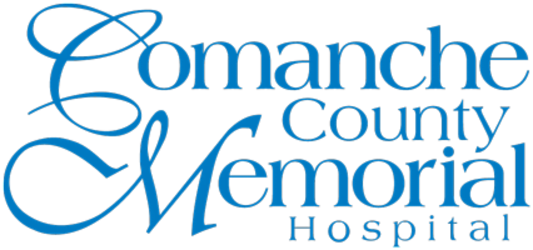(NEW YORK) — The sudden collapse of two regional U.S. banks in three days has some Americans wondering if their bank could be next.
President Biden addressed the nation Monday morning to reassure Americans — “Your deposits will be there when you need them” — and pledging to take action to “reduce the risks of this happening again.”
The federal government took “extraordinary measures” to make sure customers of Silicon Valley Bank and Signature Bank would be made whole and have access to all of their money immediately — whether it was FDIC insured or not.
Biden stressed that these banks were not being bailed out by taxpayers, as was the case during the 2008 financial crisis
“No losses will be — and this is an important point — no losses will be borne by the taxpayers,” he said. Instead, the money will come from the fees that banks pay into the government’s Deposit Insurance Fund.
The good news is that most Americans are covered by the FDIC because the majority of people have less than $250,000 in any one specific bank account.
The FDIC is an independent government agency that was created by the Banking Act of 1933 during the Great Depression to restore trust in the American banking system. Since then, no bank customer has lost insured funds due to a bank failure. The FDIC is funded by premiums paid by banks and savings associations.
The agency will insure up to $250,000, per depositor, in qualified accounts at insured banks. For example, a married couple with a small business may have up to $250,000 insured in an account in one spouse’s name, up to $250,000 in an account in the other spouse’s name and up to $250,000 in a business account. The balance of a joint account can exceed $250,000 and still be fully insured.
Another example: if the same two co-owners jointly own both a $375,000 certificate of deposit (CD) and a $125,000 savings account at the same insured bank, the two accounts would be added together and insured up to $500,000, providing up to $250,000 in insurance coverage for each co-owner.
FDIC insurance coverage includes checking and savings accounts, money market deposit accounts, retirement savings, cashier’s checks and money orders. FDIC insurance does not cover financial products including stocks and bonds, mutual funds, crypto assets, life insurance policies, annuities, municipal securities, safe deposit boxes or their contents or U.S. Treasury bills, bonds or notes, which are backed by the full faith and credit of the U.S. government.
Banking experts say one way to boost your FDIC coverage is to “spread the wealth” and open accounts at several banks to hedge risk, particularly if you have more than $250,000 in deposits. You can also check https://edie.fdic.gov/the FDIC’s siteto see whether your funds are insured.
How do you know if your bank is financially fit? Currently, banks with over $250 billion in assets must undergo stringent “stress tests” annually to ensure they have enough cash on hand to weather an emergency, such as a deep recession or a run on the bank. These tests are part of the banking reforms that were implemented to restore confidence in the U.S. banking system after the financial crisis of 2008.
In 2018 under the Trump administration, some of those rules were rolled back, allowing banks with less than $250 billion in assets to be exempt from the tests, including Silicon Valley Bank and Signature Bank. In the wake of those two bank failures, President Biden said he will ask Congress and regulators to strengthen the requirements once again for small and mid-sized banks.
Copyright © 2023, ABC Audio. All rights reserved.












